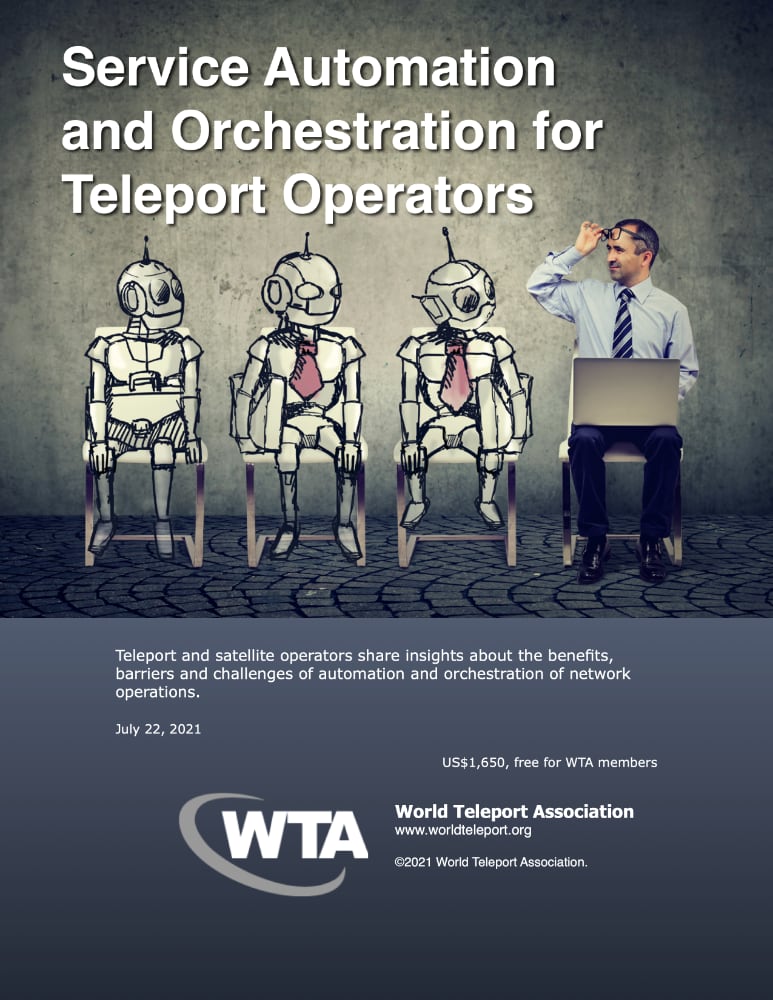In Skynet We Trust
 satellite communications basics already had been moved from manual control to network management systems. Manual playout was transitioning to content management and scheduling systems. The teleport was in the process of being transformed from the traditional antenna farms into data centers with dishes that layer on value-added capabilities and services. Today, both automation and orchestration are well established and growing among teleport and satellite operators
satellite communications basics already had been moved from manual control to network management systems. Manual playout was transitioning to content management and scheduling systems. The teleport was in the process of being transformed from the traditional antenna farms into data centers with dishes that layer on value-added capabilities and services. Today, both automation and orchestration are well established and growing among teleport and satellite operators-------------------------------------------------
.jpg) Robert Bell is Executive Director of the World Teleport Association, which represents the world’s most innovative teleport operators, carriers and technology providers in 46 nations. He can be reached at rbell@worldteleport.org Service Automation and Orchestration for Teleport Operators is available for free to members and for sale to non-members at:
Robert Bell is Executive Director of the World Teleport Association, which represents the world’s most innovative teleport operators, carriers and technology providers in 46 nations. He can be reached at rbell@worldteleport.org Service Automation and Orchestration for Teleport Operators is available for free to members and for sale to non-members at:
https://www.worldteleport.org/store/viewproduct.aspx?id=18711387
A webinar based on the report is available free on demand at: https://www.worldteleport.org/general/custom.asp?page=Webinars.





